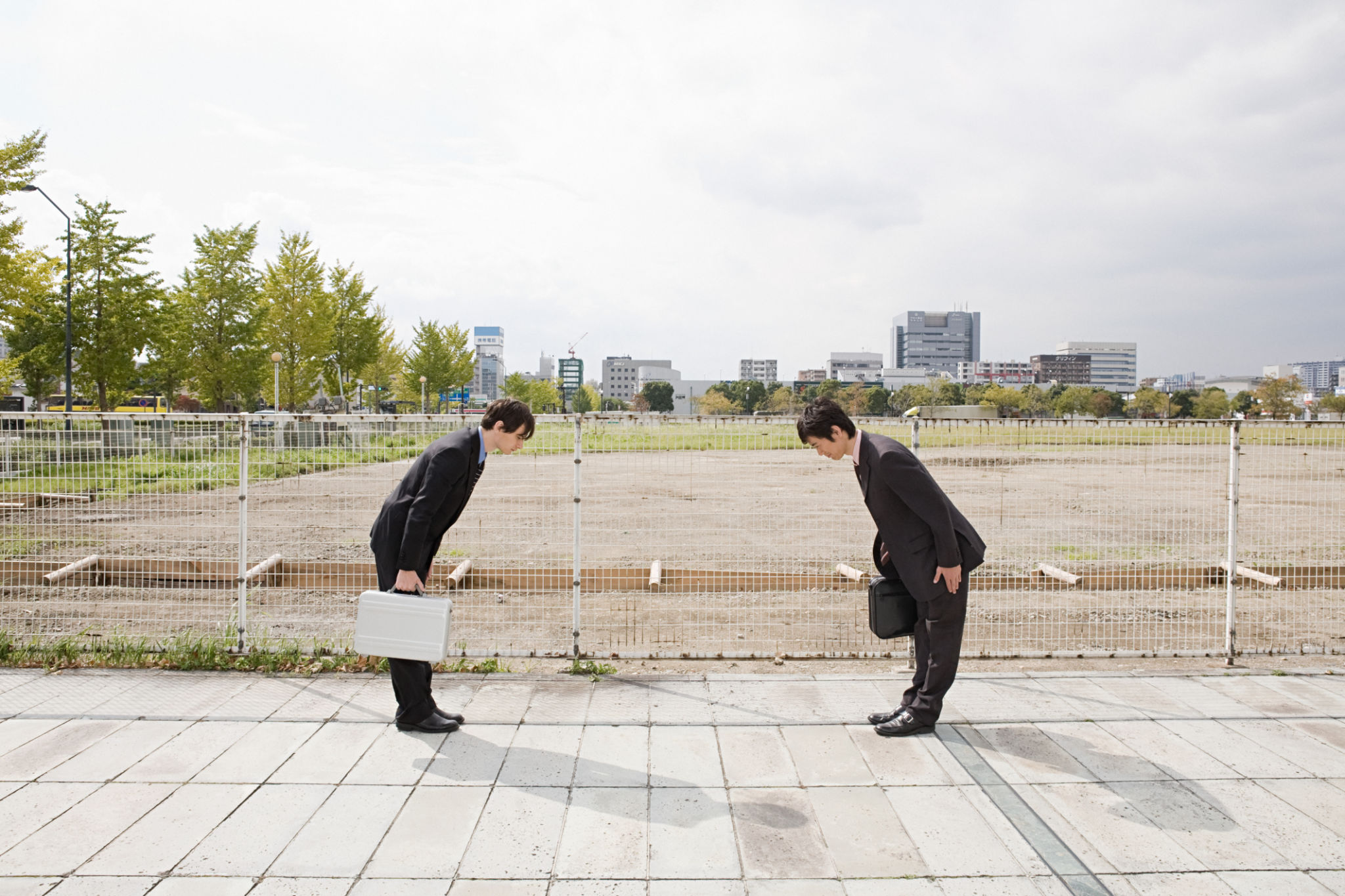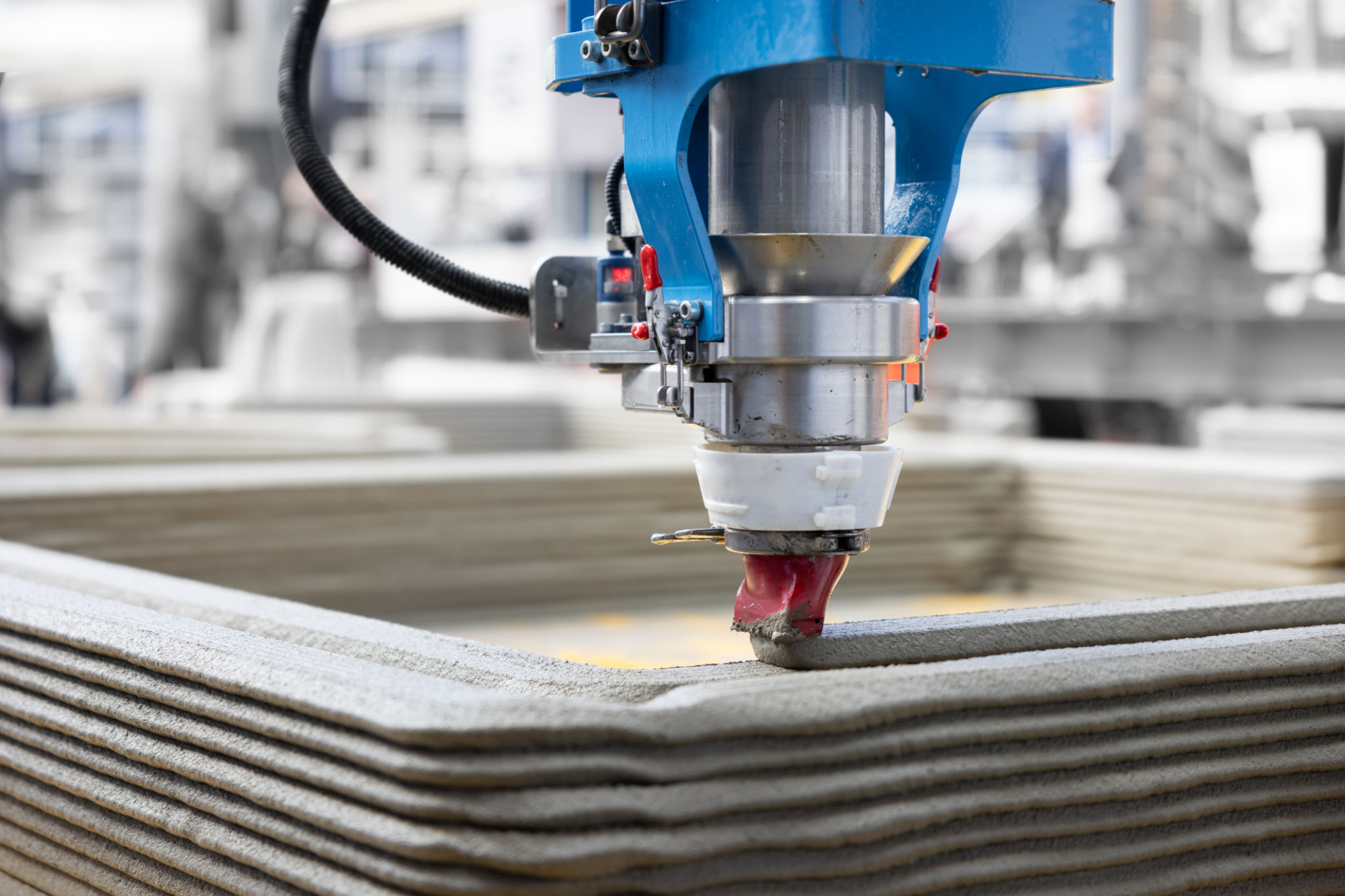Understanding the Hong Kong Prefab Home Market: A Leader’s Perspective
Introduction to Hong Kong's Prefab Home Market
The prefab home market in Hong Kong is experiencing significant growth as urbanization and housing demands continue to rise. With limited space and high living costs, prefabricated homes present a viable solution for many residents. These homes are not only cost-effective but also environmentally friendly, making them an attractive option for both developers and potential homeowners.
In recent years, the Hong Kong government has been actively promoting the use of prefabricated construction methods to address housing shortages. This initiative is part of a broader strategy to enhance building efficiency and sustainability. As a result, the demand for prefab homes has surged, marking a pivotal shift in the local real estate landscape.

Benefits and Challenges of Prefab Homes
Prefab homes offer numerous benefits, particularly in densely populated areas like Hong Kong. They are typically quicker to construct compared to traditional homes, reducing both labor costs and construction time. Moreover, the controlled factory environment ensures a high level of precision and minimal material waste.
However, the prefab home market also faces challenges. One of the primary concerns is the perception of quality and durability. Potential buyers often worry that these homes may not withstand the test of time or adverse weather conditions. Additionally, there are regulatory hurdles that developers must navigate to gain approval for prefab constructions.

Technological Advancements in Prefabrication
Recent technological advancements have revolutionized the prefab home industry. Innovations in design software and materials have enabled builders to create more sophisticated and durable structures. Advanced technologies such as 3D printing and automated manufacturing are setting new standards in precision and design flexibility.
These technologies not only enhance the structural integrity of prefab homes but also allow for greater customization. Homebuyers can choose from a variety of styles and layouts, making prefabricated homes more appealing to a broader audience.

The Role of Government and Policy
The Hong Kong government's support plays a crucial role in the growth of the prefab home market. Policies that streamline regulatory processes and provide incentives for sustainable building practices are essential for encouraging more developers to adopt prefabrication methods.
By reducing bureaucratic barriers and offering financial incentives, the government can help facilitate a smoother transition towards more widespread use of prefab homes. This approach not only addresses the immediate housing crisis but also contributes to long-term urban planning goals.
Future Outlook
Looking ahead, the future of the prefab home market in Hong Kong appears promising. As awareness grows around the benefits of prefabrication, both in terms of cost savings and environmental impact, it is likely that more developers will invest in these types of projects.
Furthermore, as technology continues to advance, the quality and options available in prefab homes will expand, making them an increasingly attractive choice for residents seeking modern and efficient living spaces.

Conclusion
The prefab home market in Hong Kong is at a transformative point. With strong governmental support, technological advancements, and increasing consumer acceptance, prefabricated homes are poised to become a mainstay in the city's housing sector. As leaders in this industry continue to innovate, the potential for creating sustainable urban living solutions is limitless.
